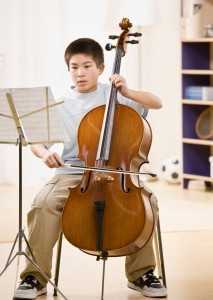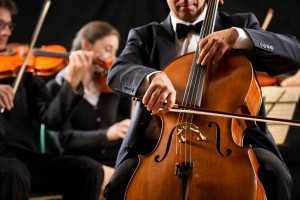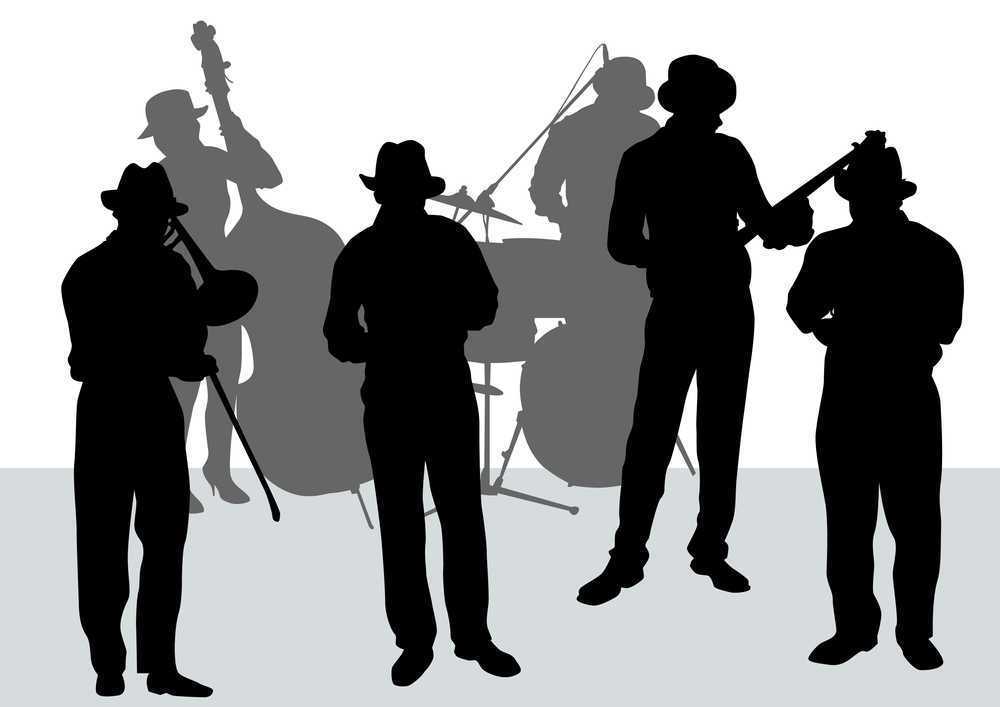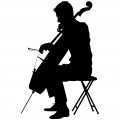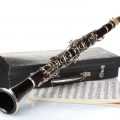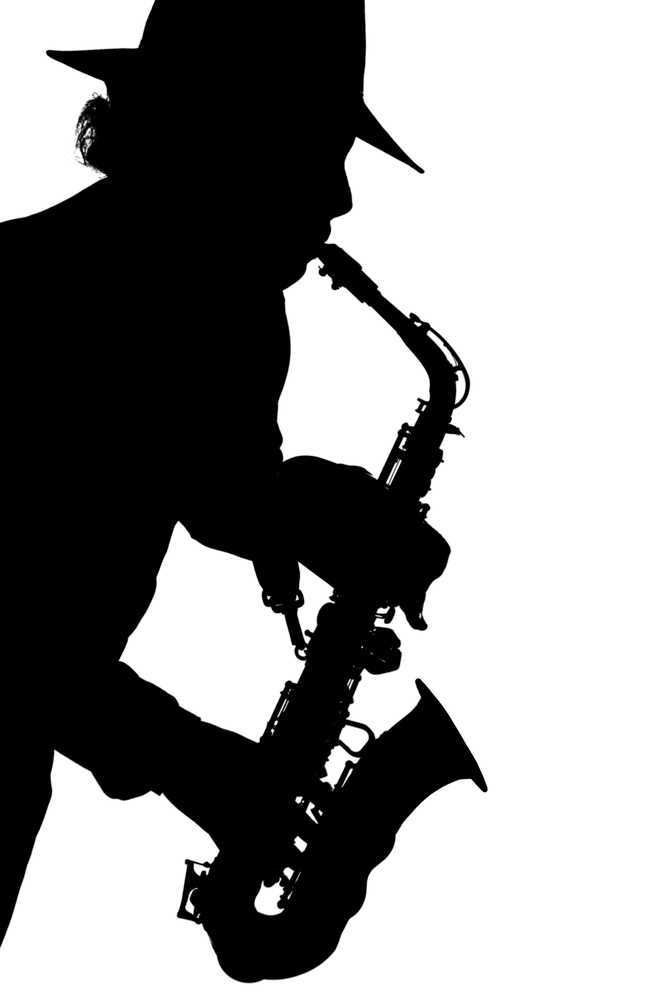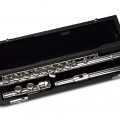Cello technique exercises are part of every cellist’s practice routine. Different teachers will suggest various approaches and methods, but there is a consensus about the importance of basic fundamental cello technique exercises by most teachers and professional musicians.
Triangle Practice Routine
Before talking about how to practice, it’s important to outline what essential cello technique exercises should be practiced. After studying music most of my life, talking and studying with professional musicians from various backgrounds – classical and jazz, and having used many technical books on music instruction, I recommend and use what I call the Triangle Practice Routine (think of the three points of a triangle) which consists of three parts:
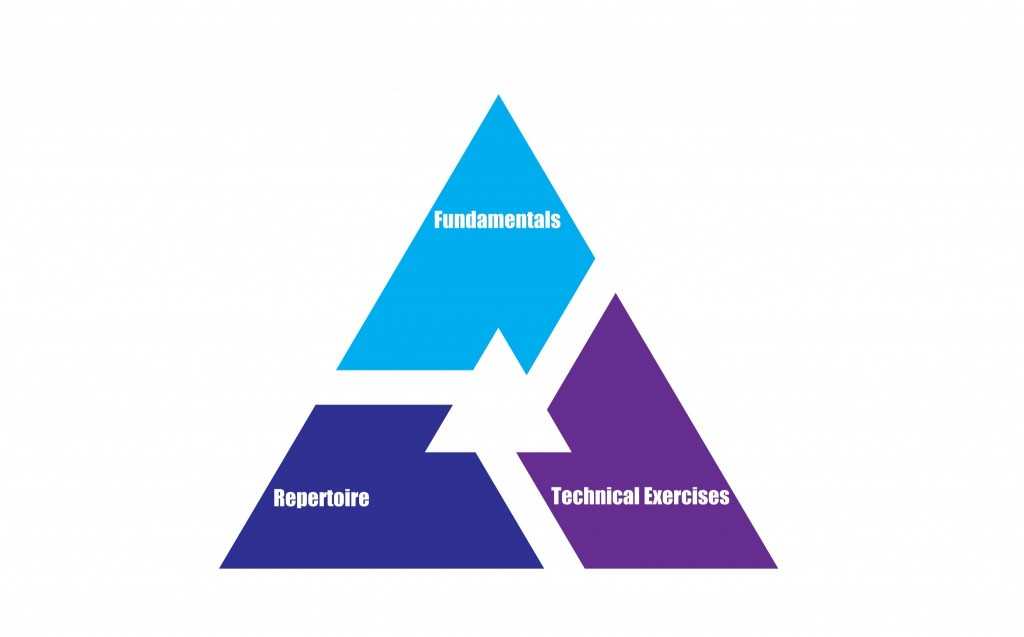
Fundamentals
Fundamentals include scales (major and the three minor forms: natural, melodic, and harmonic), international scales from other musical cultures, arpeggios, thumb position octave scale, scales in octaves, and improvisation of a given scale to hear what kind of music might be created from it. Scales allow the cellist to warm up, clear the mind, and get into the mode of listening and concentrating. They also facilitate the hearing of the smallest intervals – whole steps and half steps. A musician must be able to hear intervals to play well and in tune – playing scales every practice session promotes and reinforces “hearing” the smallest intervals. Just as playing darts requires seeing the target in order to hit the bulls eye, a musician must “hear” the target notes in order to play them well.
Arpeggios (root, 3rd, and, 5th) are the notes in a simple chord or triad. Playing arpeggios gives the cellist the practice of shifting major and minor 3rds (C – E – G and C – Eb – G). Intonation is more difficult when shifting 3rds due to the natural tuning of that interval and must be practiced regularly. Arpeggios also facilitate hand shapes with reference points. A reference point is a finger that remains in place as reference for connecting other fingers which form an entire hand shape.

Thumb position is usually considered a more advanced technique, but I suggest starting thumb position exercises as part of a cello technique exercises regimen sooner rather than later, so that the cellist/student gets used to using the thumb as soon as possible. Octave scales in thumb position are one octave scales played with the thumb on the root (thumb 1-2-3 fingers – thumb 1-2-3 finger patterns) on the A and D strings. Another benefit to playing octave scales in thumb position is clearly seeing a scalar interval pattern within a single hand shape (this can’t be easily seen in multiple octave scale exercises).
I also recommend playing scales in octaves on the A and D strings because the hand shapes are larger in the lower register and smaller in the higher registers of the cello. A sort of Alice in Wonderland effect! Start using the thumb as soon as possible so it is as natural as using the other fingers.
International Scales
Most music students learn major and minor scales and arpeggios. But the good musician must go beyond these familiar scales. The study of international scales from other cultures – Asia, the Middle East, Africa, India, Eastern Europe, etc., expands the musical ear and gives the musician the opportunity to play other types of music and melodic combinations . . . and adds a creative element to the fundamentals routine.
[su_note note_color=”#7e258a” text_color=”#fdfdfd”]Hint:
It doesn’t take long to do the fundamentals portion of the practice routine – it can be accomplished in 10 – 20 minutes![/su_note]
Technical Exercises
Cello technical exercises are the second part of the Triangle and involve etude books, methods, and exercises. Etude in French means “study.” Etudes usually focus on note and bowing challenges and patterns. There are countless technical etude books available for cellists of every level. Your teacher will guide you and suggest methods he or she feels are appropriate based on individual teaching philosophy. There are three main reasons musicians use and study etudes and technical studies:
- To facilitate fingering and bowing technique
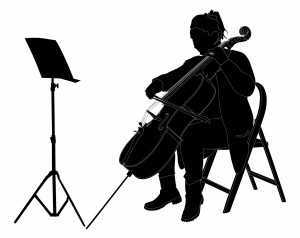 To practice reading music or sight reading
To practice reading music or sight reading- To develop muscular strength and coordination
The increasing difficulty inherent in most etude method books also serves as a constant challenge which helps the musician attain a higher level of playing and technique. Technical exercises are of the utmost importance for making you a better cellist and musician. All serious trained musicians do them and have spent countless hours of practice time playing and studying cello technique exercises. It is fair to say that technical exercises and etudes are a universally accepted aspect of good musicianship.
Repertoire
The last part of the Triangle Practice Routine is playing repertoire, or real music. This is where you make all your cello technique exercises come together, express your emotions, prepare for recitals, concerts, orchestra performances, and gigs. The whole point of being a musician is to perform music. Finish your practice routine by playing real music with performance as the goal. Try to express and communicate musical ideas and passion – an audience wants to hear you express yourself, play with confidence, and communicate the joy of music. By the time you are ready to perform and have practiced sufficiently you are there to express the music, not worry about technical details. Let it fly and feel the music and your audience will too!
Conclusion
Cello technique exercises should be part of every musician’s/student’s regular practice routine. The Triangle Practice Routine (my preferred method) is simple and elegant and allows you to focus on the most important aspects of cello technique exercises. The amount of time you spend practicing is not as important as consistency and how well you concentrate. If you play or practice your cello with consistency you will progress much faster and play with more confidence and precision. I advise against overly complicated practice routines because they are hard to keep up, like New Year’s resolutions to get in shape, and have over extended expectations that never last! Keep it simple, focused, and fun! What you do in your practice session with technical cello exercises is the key to becoming a good cellist and musician.

